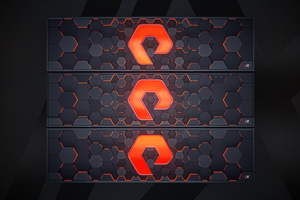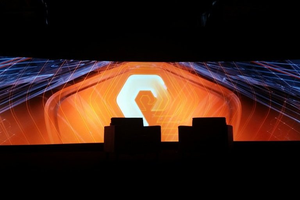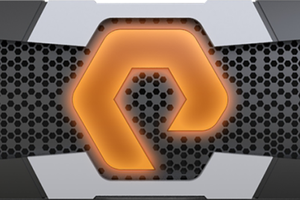Pure Storage Adds Optane-Based DirectMemory Blades to FlashArray//X

Pure Storage recently announced a new blade type for its top-end FlashArray//X product line. Based on Intel's Optane storage-class memory technology, the DirectMemory blades extend Pure's product reach at the top end, and provide a viable performance competitor to in-memory storage.
Pure is known for being all-flash, and being fast. It's positioned as the choice for those who want predictable, very low-latency, external storage. To maintain this position, Pure has to keep bringing out new products that use the latest low-latency technology. Optane storage-class memory provides a substantial performance improvement over NAND-flash, and is an obvious choice of technology to add to Pure's products.
While Optane isn't achieving the 100x type performance gains the early hype predicted, it does provide enough of a gain to be worth paying more. Adding DirectMemory-based blades to the FlashArray//X line is consistent with Pure's brand as being about performance, and suits the kinds of workloads that the FlashArray//X is positioned as being for.
According to Pure, DirectMemory represents only a 10% performance penalty compared to RAM, but at 60% lower cost, and with a host of data services as well. While I don't love a pitch that's based on cost-saving (I like margin) it does bring low-latency performance within reach for a lot of projects that might otherwise have been uneconomical. Simple economics (and Jevon's Paradox) tells us that if you make a thing cheaper, people will use more of it.
I predict some customers will choose the DirectMemory option over standard flash where the low-latency performance combines with the need for large datasets and some data services. Think analytics-style workloads in an enterprise. For small datasets, RAM would be fine, but at a certain scale the economics tip things in favour of DirectMemory, and the data services like snapshots and replication start to tip the scales in favour of an external array.
On a purely technology basis, DirectMemory is an incremental improvement to Pure's products, and will likely only add relatively few new customers or added sales to existing ones. But that's not the only point of DirectMemory.
Adding technology like Optane at the top-end of Pure's product lines is also an investment in Pure's brand. In order to continue to be perceived as a leader in high-end performance, Pure must periodically add new products that demonstrate this commitment, even if they don't actually sell a lot of units or contribute much additional margin in-and-of-themselves.
That's not the point.
The investment in this top-end product has a kind of halo effect which affects the perception of every other product in Pure's lineup. By continuing to bring out new, high-end products, Pure is also investing in its brand, and that will help to maintain both margins and sales volumes of the regular FlashArray//X, FlashBlade, and the new FlashArray//C array.
I believe Pure overall understands this, and I hope the product managers for each line also understand their complementary role.
Pure Storage is a PivotNine client.


